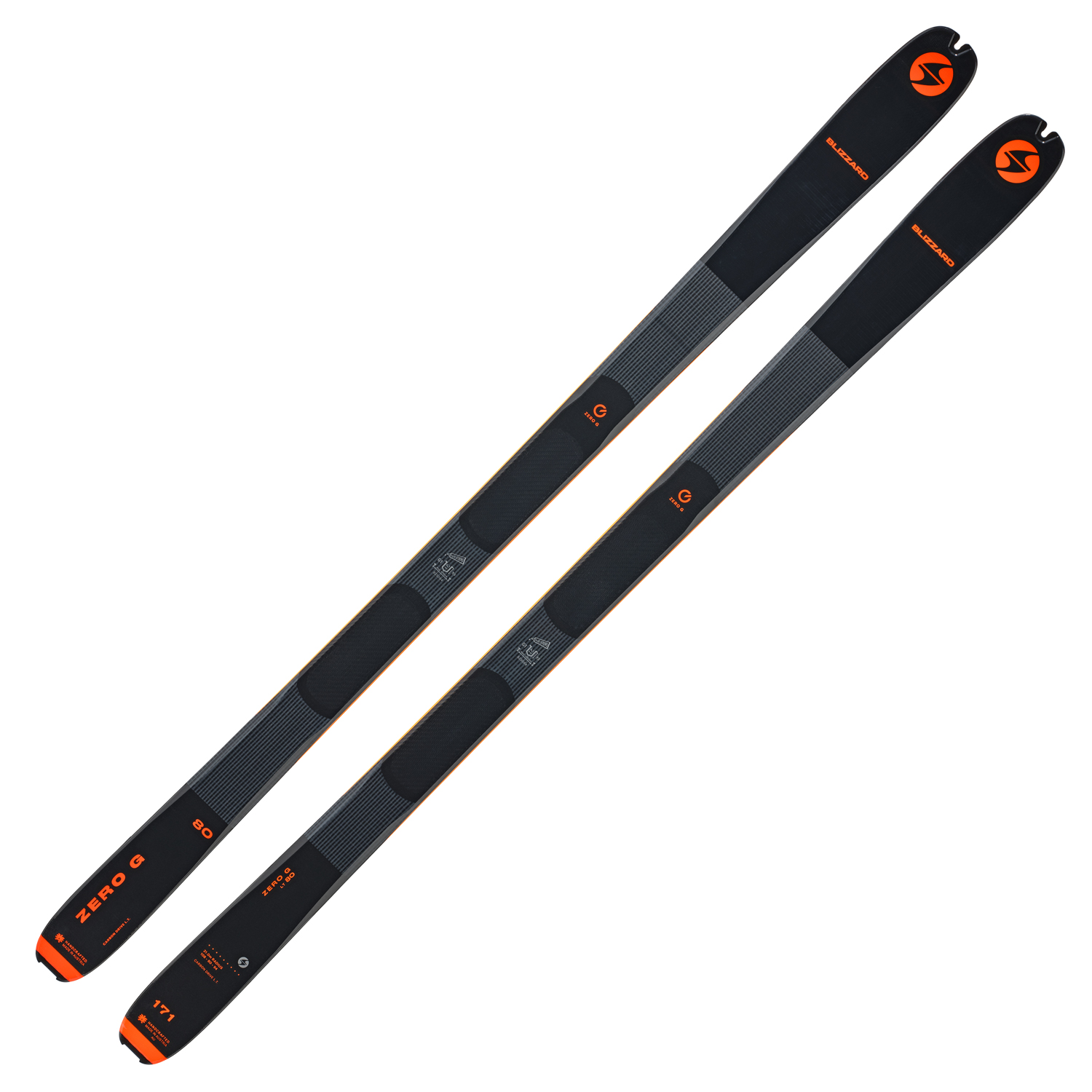
The planning
A well-planned ski tour starts at home. Having the right processes and preparations in your luggage makes it much easier. Here are some steps that should be taken before every tour so that you leave nothing to chance.
Step 1: the route
You can't plan without knowing where you're going. However, not only the region, but also the route itself plays a decisive role in the preparation. There are now many sources for finding a suitable tour:
printed maps
tour guides
online portals
Tips from experienced alpinists
"It's important that the maps take slope positions and terrain shapes into account. The start and summit meal are quickly planned. But where are the key points, landmarks and checkpoints along the route? Tricky and dangerous spots are best marked on your map with an approximate time. That way you can easily find them again in the terrain and pay special attention to them," recommends Daniel Esterbauer from Martini Sportswear.

Step 2: the crew
Assessing the physical and mental fitness of all members of the tour is often the biggest challenge of all. An honest assessment of physical and mental resilience is often only possible if you already know the other people well. Even then, exceptional situations can present the tour with problems that you hadn't anticipated. So if you already have an inspiration for a tour in mind, the following considerations are worth making with regard to the crew members:
- Are all the weak points and skillsets of each person known?
- Is the weakest link up to the demands?
- Has every member been informed of all the details of the route?
- Does everyone agree on the destination and route?
- Does everyone have the necessary equipment?
- Has communication and decision-making for the tour been discussed?
Step 3: the time
A major risk factor when touring is inaccurate time planning. It is difficult to correctly estimate the pace in advance, especially if you have little experience or are in a large group. There are many examples of calculations, most of which assume values between 300-500 metres in altitude per hour. However, these rules of thumb should only be used as a rough guide, as the actual time depends on many factors:
- Total metres in altitude
- distance
- Walking pace / fitness / condition
- Breaks (number and length)
- Special features of the route (technical passages)
- Ascent and descent
- Weather conditions
Always allow enough time for the descent.
"It is essential to plan a large time cushion, because unforeseen situations such as weather changes can always happen and cost a lot of time. Regular breaks help you to stay focussed and efficient," so Daniel Esterbauer.

Step 4: Weather and snow conditions
The biggest uncertainty factor is the weather. Both spontaneous changes in the air and invisible layers in the snow are factors that need to be taken into account. In order to be ideally prepared, it is important to consult many good sources of information. To name just two official services from Austria:
- Weather service → ZAMG
- Avalanche situation report → lawine.at
"Unfortunately, looking at the weather forecast is not enough preparation when it comes to planning a ski tour. You need an accurate weather forecast including the snow, wind and avalanche situation. The Alpine clubs are also always a good source," explains Esterbauer.
The right ski touring equipment and clothing
Basically, the tour dictates the setup and outfit. But regardless of special requirements, there is basic equipment that every ski tourer should have to hand: From must-haves such as avalanche transceivers to nice-haves such as suitable clothing based on the layer principle. An exemplary packing list:
- Skis
- Skins
- Bindings
- boots
- Poles
- Avalanche transceiver (on the body)
- probe
- shovel
- Ski touring helmet
- Ski goggles
- Mobile phone (fully charged, apps installed)
- First aid kit
- Headlamp
- Multifunctional tool / pocket knife
- Tape
- Catering
- Map with marked route
- Crampons (for appropriate tours)
- Check all fasteners + the cartridge
- Base layer (breathable underwear with drying function)
- Mid-layer (insulating functional jacket for the ascent, such as fleece or stretch)
- Hardshell jacket (waterproof with special material such as Primaloft)
- Windstopper jacket
- Ski touring trousers
- Thin gloves (for the ascent)
- Thick gloves (for the descent)
- Change of clothes (base layer or T-shirt)
- Headband and cap

Current ski touring products for the 2022/23 season
TOURING SKI


TOURING SHOES


TOURING POLES & HELMET


SAFETY GEAR



TOURING CLOTHING
Base-Layer


Insulation jacket


Tourenhose


TOURING BACKPACK
